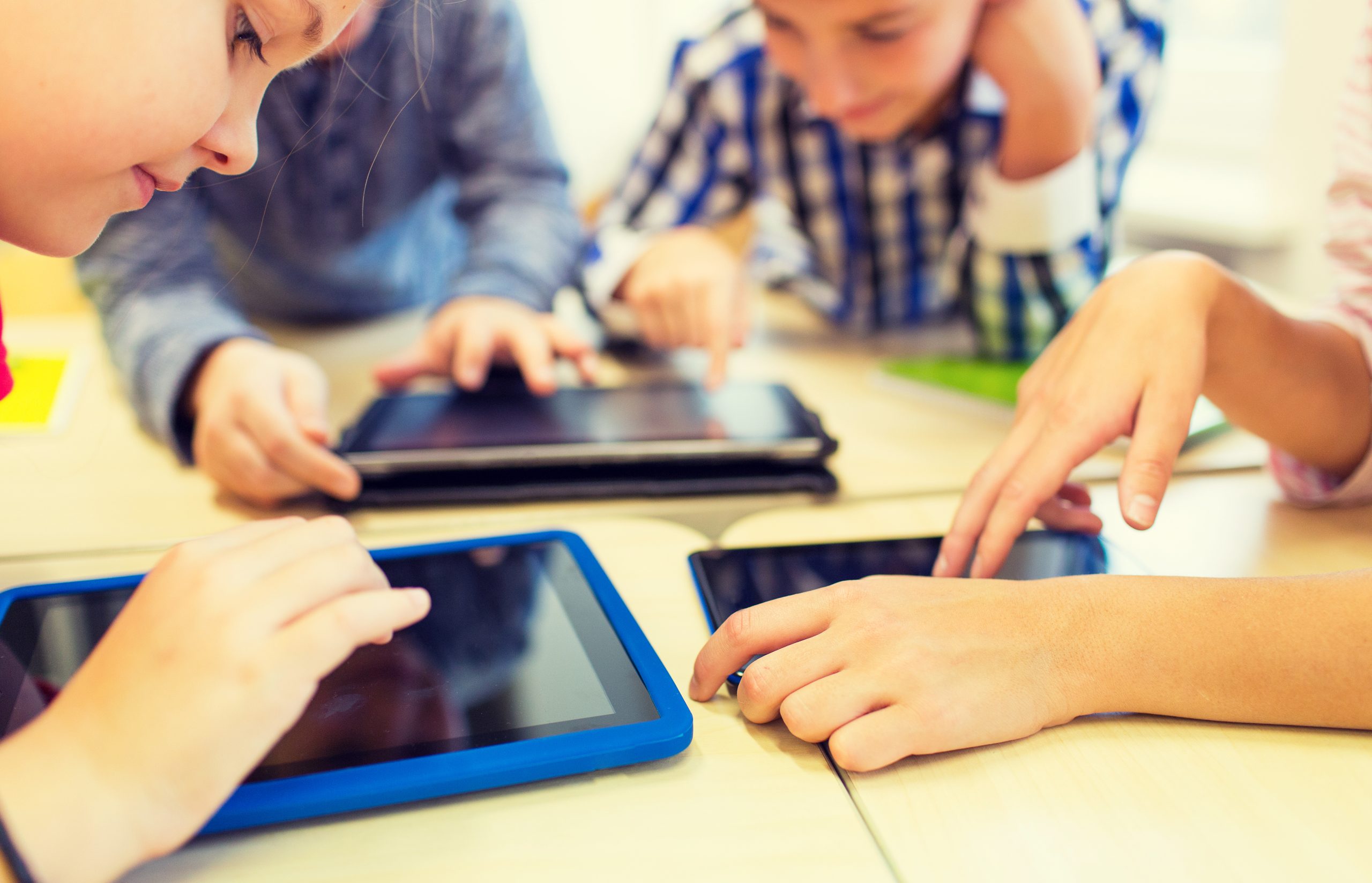technology

Integrating Technology in the Classroom: Best Practices for Primary Education
As technology becomes increasingly ingrained into our everyday lives, its integration into learning environments is more vital than ever, especially ...

How Building Information Modeling Works
Architects can use cutting-edge technology known as Building Information Modeling (BIM) to provide their clients with better designs.

How to Brand Your Growing Business with Custom Neon Signs
Our world is growing quickly day by day and due to tough competition, it is very difficult for a business ...

The Evolution of Hyperloop Rail Technology
The Hyperloop is a relatively new technology that has risen in popularity since Elon Musk proposed it an alternative to ...

Types of Equipment and Perks Rental Agency Will Provide
The first thing which came into your mind while arranging a conference, presentation, and meeting is the arrangement of a ...

Document Verification: Monitor Frauds on Online Gaming Platforms
Advancements in technology brought consumers a lot of conveniences but not everyone likes this change. On one hand, people are ...






